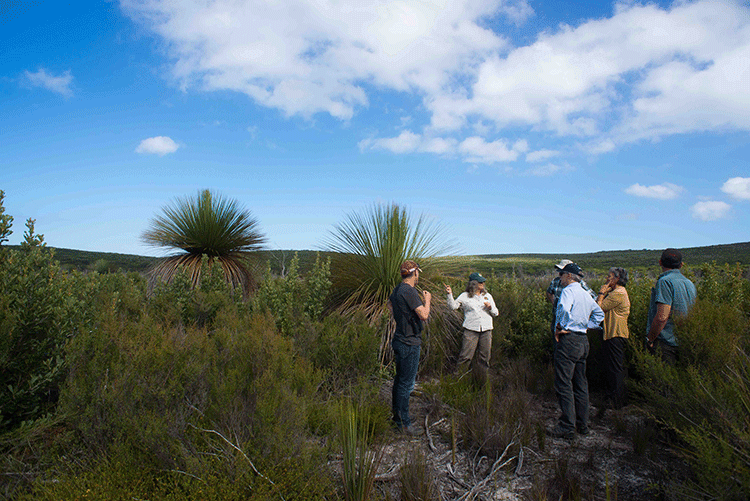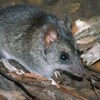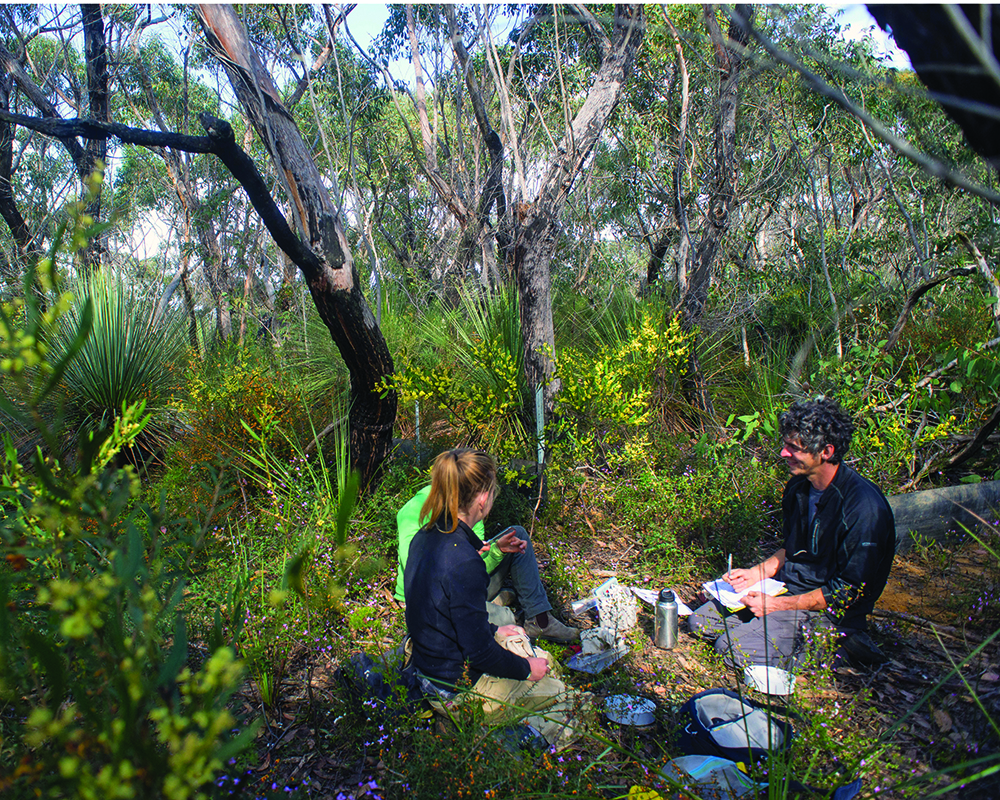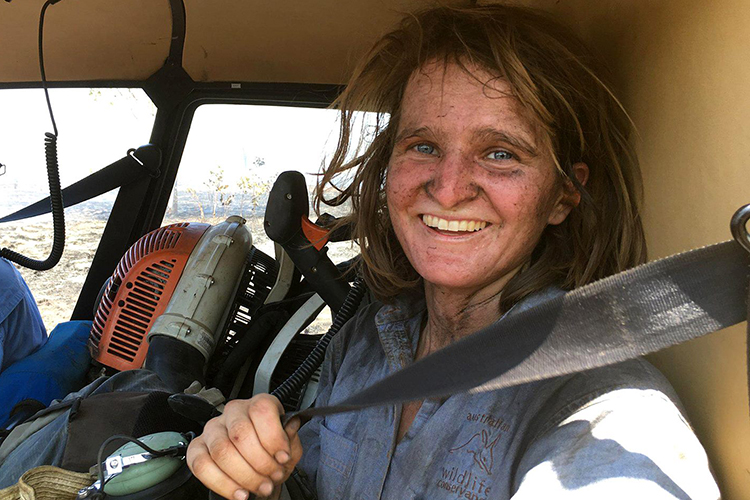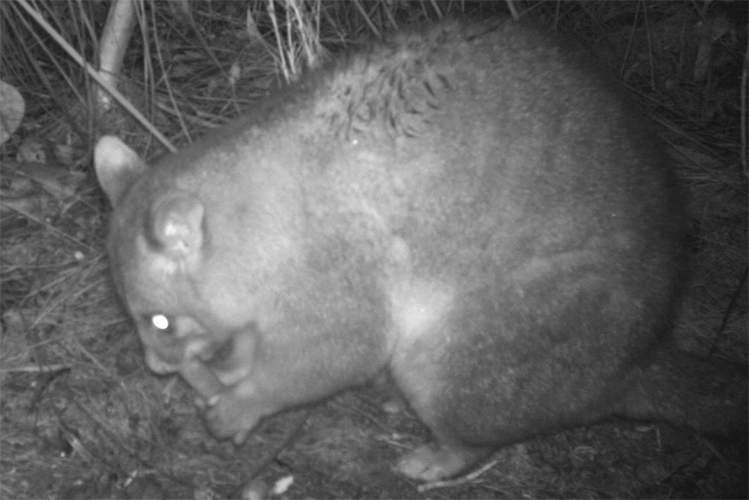Earlier this year the TSR Hub initiated an ambitious project to determine how a small endangered native marsupial, the Kangaroo Island dunnart, responds when one of its prime threats, predation by feral cats, is controlled or removed. The idea, of course, is to secure a future for the dunnart but in doing so it’s hoped there’s a whole lot more we can learn about saving threatened species. Dr Rosemary Hohnen from Charles Darwin University is leading the work and explains here what’s involved.
Feral cats are a key cause of biodiversity loss in Australia and overseas. Across Australia there are thought to be between 2.1 and 6.3 million feral cats and they have been implicated in the decline and extinction of some 20 mammal species. Many threatened Australian mammal species now only persist in fenced ‘feral-free’ exclosures or offshore islands. The national Threatened Species Strategy has made tackling feral cats a core priority and particularly on biodiversity rich offshore islands.
Kangaroo Island (KI) is one of five priority islands committed to under the Threatened Species Strategy to undergo cat eradication. The process is being supported by the South Australian Department of Environment, Water and Natural Resources (DEWNR), through Natural Resources Kangaroo Island. At 4416 km2, KI is Australia’s third largest island (after Tasmania and Melville Island) making the effort both challenging and rewarding.
The rewards are both economic and environmental. Feral cats most likely are contributing to the high incidence of the diseases toxoplasmosis and sarcosporidiosis in KI livestock, which significantly reduces their market value.
KI is also home to several species of threatened mammal that stand to benefit from the removal of feral cats. These include the southern brown bandicoot (Isoodon obesulus), the heath mouse (Pseudomys shortridgei) which is believed to be found on KI, and the endemic KI dunnart (Sminthopsis aitkeni).
The island is also a good candidate for eradication of cats as it is already free of foxes and rabbits (two other significant threats to native mammal species). The eradication project commenced with a range of trials on the eastern side of the island in late 2015, and is expected to reach the western side of the island by 2021. Importantly, the proposed feral-cat eradication on the island is supported by both the State Government and the local community and funded by the Federal Government.

The Kangaroo Island dunnart, a small carnivorous marsupial mouse that might make a come back if feral cats are taken out of the equation. Image: Jody Gates.
The status of the elusive KI dunnart is of particular interest. It’s currently listed as endangered under the EPBC Act, critically endangered under the IUCN’s Red List and it’s one of ten priority threatened mammal species targeted in Australia’s Threatened Species Strategy.
The dunnart is a small dasyurid (a group of carnivorous or insectivorous marsupials). It has soft grey fur, a pointed face and bright, dark eyes. It’s tricky to catch and probably persists in very low numbers, so very little is known regarding its habitat preferences and ecology. Even its current distribution across KI is uncertain. Historical records indicate it was once found in central KI, but all 35 records since 1990 have come from six sites within Flinders Chase National Park and Ravine des Casoars Wilderness Protected Area, on the island’s far western side. The decline of the KI dunnart has been attributed primarily to habitat loss (via land clearing and inappropriate fire regimes), and, in particular, to predation by feral cats.
The commencement of the KI cat-eradication program provides an opportunity to document the outcomes and potential benefits of investing in conservation management for threatened species. The project aims to determine how best to detect the elusive KI dunnart, and then how populations of this endangered species will respond to targeted cat control.
In April, a group of researchers from the TSR Hub met with project partners including land managers, Kangaroo Island staff from DEWNR and Natural Resources KI to learn about the cat eradication program, visit key monitoring sites and create a timetable for the research. Fieldwork is scheduled to begin in August.
The results of this study will provide insight into the status of the KI dunnart, and inform both land management and future eradication practices in the area and on islands generally. Naturally, we hope this effort will save the KI dunnart. However, in the process of saving it, we’re also hoping that what we learn will contribute to saving many other threatened species in the future.
For further information:
Rosemary.Hohnen@cdu.edu.au
Top image: Coastal heath on Kangaroo Island. Researchers and managers from multiple groups came together earlier this year to discuss progress on the cat eradication project and how best to go about monitoring the island’s threatened species. Image: Rosemary Hohnen.
